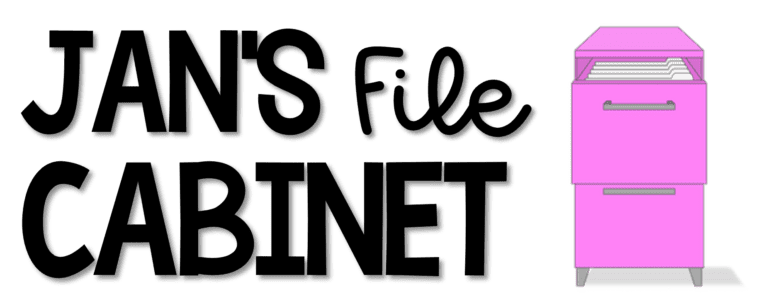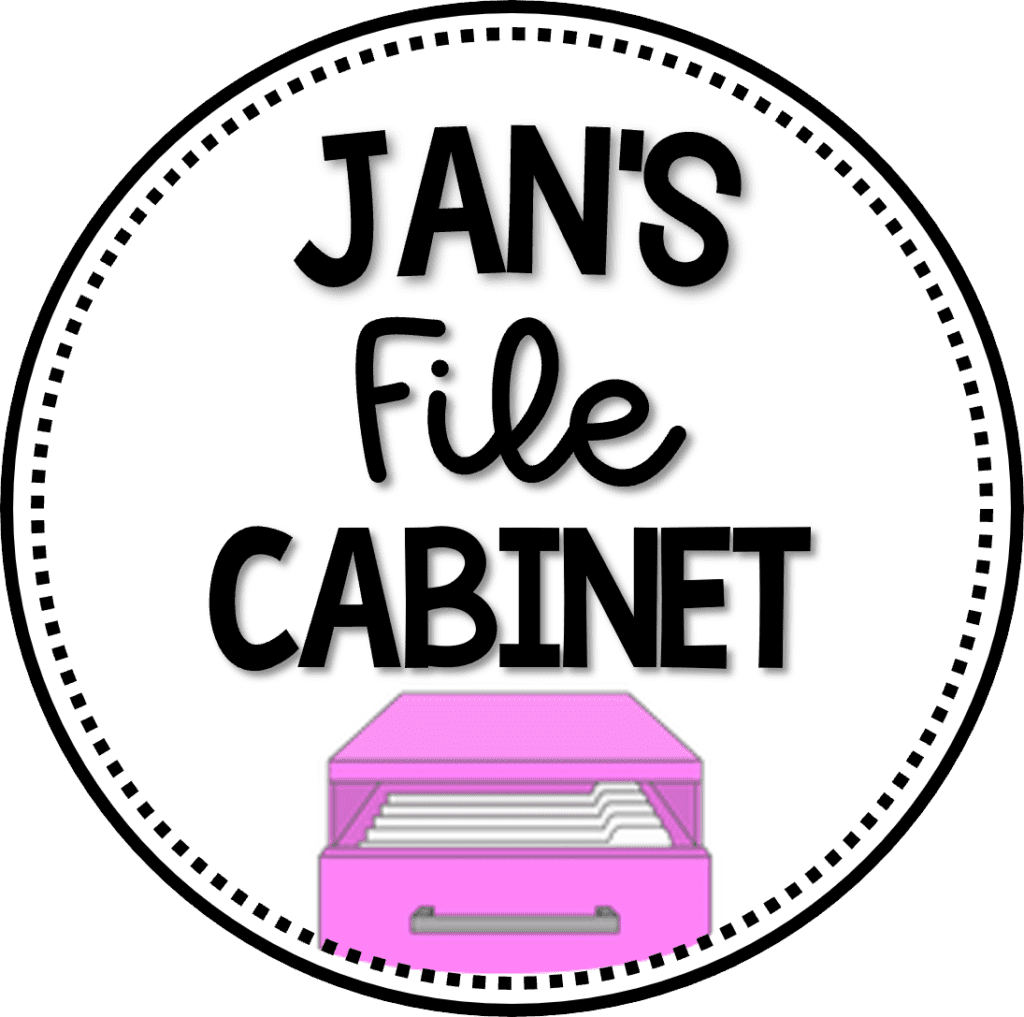When students use reading comprehension strategies, they are actively reading, which is essential for their understanding of any text.
Upper intermediate and middle school students must be able to read silently and comprehend texts independently. To achieve this, we can help them become active readers.
Active reading refers to the process of engaging with a text in order to understand it. Skilled readers use multiple reading comprehension strategies automatically and simultaneously to interpret a text. They apply the necessary strategies at the appropriate time while reading.
So what does active reading look like?
Table of Contents
ToggleReading Comprehension Strategies Unpacked
Reading comprehension strategies are techniques that we use to better understand what we are reading. These strategies are important because reading involves more than just recognizing words; it requires us to actively engage with the text in order to derive meaning from it.
Intermediate and middle school students need to continue practicing these strategies as the complexity of their texts increases.
Good readers use the following active reading comprehension strategies:
- Questioning
- Predicting
- Visualizing
- Connecting
- Inferring
- Identifying Importance
- Synthesizing
The ultimate goal is for students to use all seven strategies at the same time, but they can be introduced individually before asking them to use them simultaneously.
One way that I remind students about these strategies is to provide them with an annotation bookmark. You can access this freebie and many others in my Free Resource Library by joining my email list below!
Questioning
The process of questioning the text not only helps readers clarify the meaning of the text but also helps them comprehend it on a deeper level. It also allows students to monitor their own understanding and make adjustments as needed.
To generate questions, students can use the six key question words: who, what, where, when, why, and how. These questions can help readers identify the main characters, events, and settings of the text, as well as understand the sequence of events and the reasons behind them.
However, to engage with a text on a deeper level, students can also ask higher-level questions. These questions may focus on the author’s purpose, perspective, and message to the reader. By considering these questions, students can analyze the author’s intent, examine how the author presents the information, and evaluate the impact of the text on the reader.
Predicting
When readers make predictions while reading, they pay attention to the author’s clues and make guesses about what might happen next. This reading comprehension strategy is beneficial because it keeps readers engaged with the text. It also allows them to monitor their own understanding by checking their predictions.
With fiction, readers can make predictions about various aspects of the story, such as plot events, character motivations, and changes in setting. By using context clues, readers can make educated guesses about what might happen next in the story, how characters will react to different situations, and how the setting may change.
When reading nonfiction texts, readers can make predictions about the causes and effects presented in the text, possible solutions to problems, and new information that may be presented in the upcoming text. By making and checking predictions, readers can better understand the purpose of the text and develop a deeper understanding of the author’s message. Additionally, it can help readers anticipate potential outcomes, leading to a more engaged approach to reading.
Visualizing
Visualizing is a reading comprehension strategy that involves creating mental images to improve understanding of a text.
At a basic level, readers see pictures in their minds. However, on a more advanced level, readers can use visualization to create a vivid sensory experience that goes beyond just seeing pictures. For example, they may see the story play out like a movie in their minds or feel the emotions of the characters. They might even imagine themselves as part of the story.
Visualization not only makes reading more enjoyable but also helps with long-term memory. When readers engage with a text in this way, it becomes more meaningful and memorable. As a result, they are more likely to have a better understanding of the story and remember it.
Moreover, visualizing improves reading comprehension, as it helps readers make connections between the text and their own experiences. By visualizing, readers can immerse themselves in the text.

Connecting
Readers can improve their comprehension by making connections between the text they are reading and other aspects of their lives. There are three types of connections that readers can make: text-to-self, text-to-text, and text-to-world connections.
Text-to-self connections involve linking the text to one’s personal experiences and background knowledge. This type of connection helps readers relate to the characters and situations in the story, which helps them better understand their own thoughts and feelings.
Text-to-text connections involve linking the current text to other texts that the reader has read before. By doing this, readers can draw comparisons and contrasts between different stories and themes, gaining a better understanding of the text they are currently reading.
Text-to-world connections involve linking the text to events or situations that are happening in the world around us. By making these connections, readers can gain a better understanding of how it relates to real-life situations.
Inferring
Making inferences is a reading comprehension strategy that is comparable to being a detective searching for clues to solve a mystery. When readers make inferences, they take information that is not explicitly stated in the text (the clues) and combine it with their own background knowledge to draw conclusions.
This skill is vital for effective reading, especially when encountering higher-level texts. Making inferences requires readers to use their analysis skills to identify and interpret implicit meanings in the text. These inferences are often conveyed through various literary devices, such as figurative language, symbolism, foreshadowing, and irony.
By making inferences, readers can gain a deeper understanding of the text and its underlying messages. Additionally, it is a valuable tool for students when analyzing and interpreting texts in various subjects, such as science and history.
To practice inferencing in grades 6-8, try using this digital lesson on inferencing with literature.
Identifying Importance
In order to identify the most important parts of a text, readers need to be able to differentiate between essential and nonessential information. This is an important reading comprehension strategy because it helps readers determine the themes, central ideas, or arguments presented in a text.
For fiction, this may involve understanding the plot, character development, and significant events or clues that contribute to the story’s overall theme. Readers must be able to recognize the most important plot points and analyze the significance of the dialogue to understand a story’s meaning.
For nonfiction texts, this may involve identifying the central ideas and supporting details that contribute to the overall argument or purpose of the text. Readers must be able to distinguish between facts and opinions and evaluate the evidence and arguments presented to determine the credibility of the author’s claims.
To practice identifying the most important parts of a nonfiction text in grades 4-6, try this digital lesson on topic, main idea, and supporting details.
For grades 6-8, try using this digital lesson on central ideas and supporting evidence types.
Synthesizing
Synthesizing is a higher-level thinking skill that requires the use of all other reading comprehension strategies. When readers synthesize, they add new information to old information and form new ideas. Therefore, an understanding of the text evolves as they read.
For older students, text sets consisting of a variety of genres, such as fiction, poetry, and nonfiction, can provide excellent opportunities for synthesizing information from multiple texts. Reading with text sets can challenge students to think critically, analyze different perspectives, and identify patterns across different genres.
Students may need time to reach this level, but providing time for sustained silent reading and the proper guidance and support will help get them there!
Whether they’re reading fiction, nonfiction, or poetry, students must actively engage to make meaning. These seven reading comprehension strategies can help students better understand the texts they read in all subject areas and in life. We can help our students become independent readers with these strategies.
If you want engaging ideas to help students summarize and reflect on their reading, read about authentic reading response activities.
If you don’t want to miss my upcoming blog posts, join my email list. By signing up, you’ll also receive exclusive freebies!



